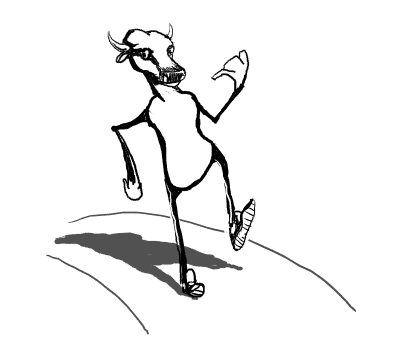...on WNYU.
It's great to hear "surf club" art explained so well, although that term is not used in the interview.
Topics include: use of large photos ("we are very indebted to whatever community out there exists that seems to post very high resolution photos of family vacations and personal moments"), "that guy" ("the guy tasked with getting a company online and he has some strange idea that this is what the company needs but really just gets it wrong") and an offline project called "the Bar," a metal bar you can add or clip things onto, that is "vastly functional."
Double Happiness explains its three modes of art production as: generative (e.g., an original online painting), digestive (modified video or image), and regurgitative (little or no modification, other than being moved from the web to their site).

